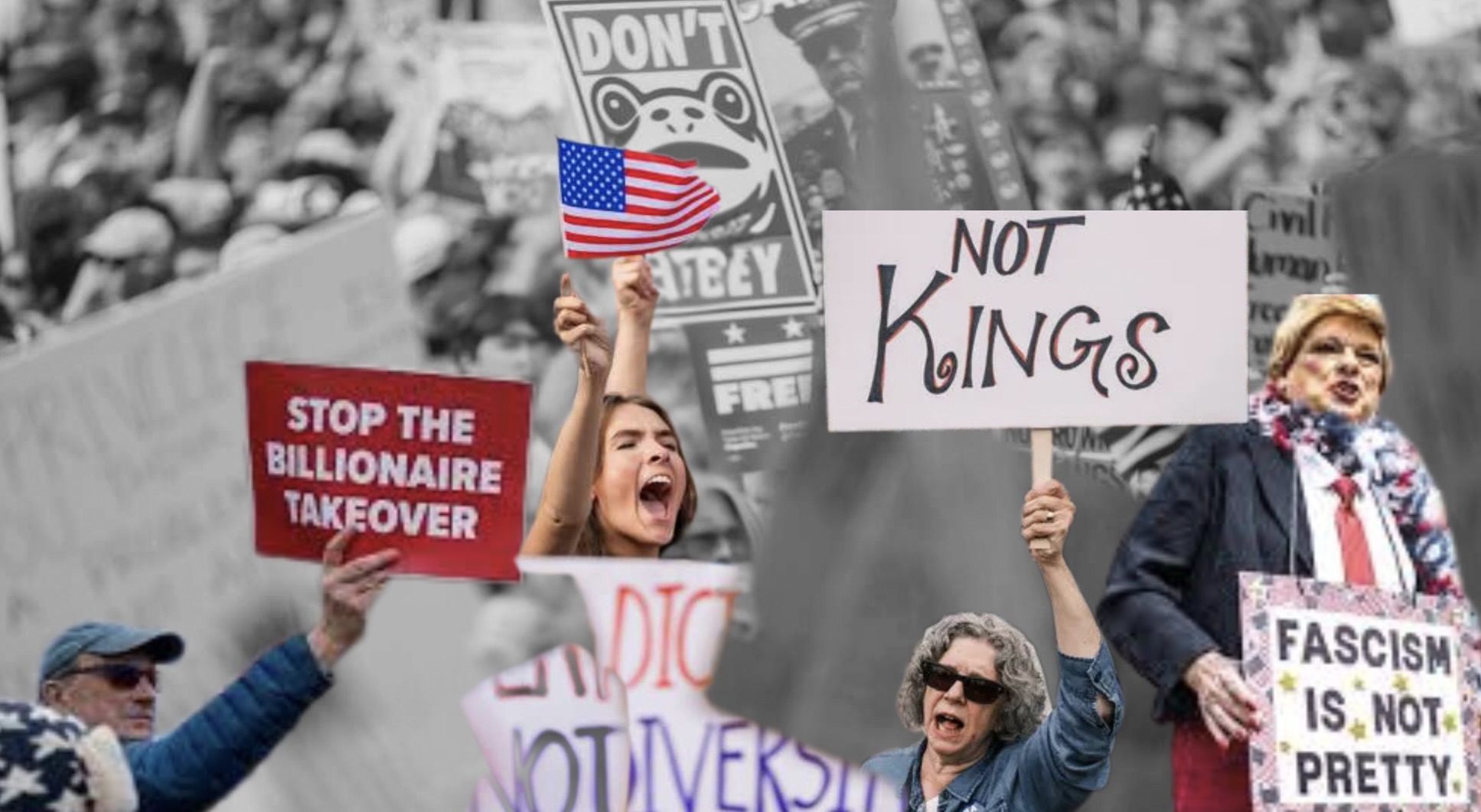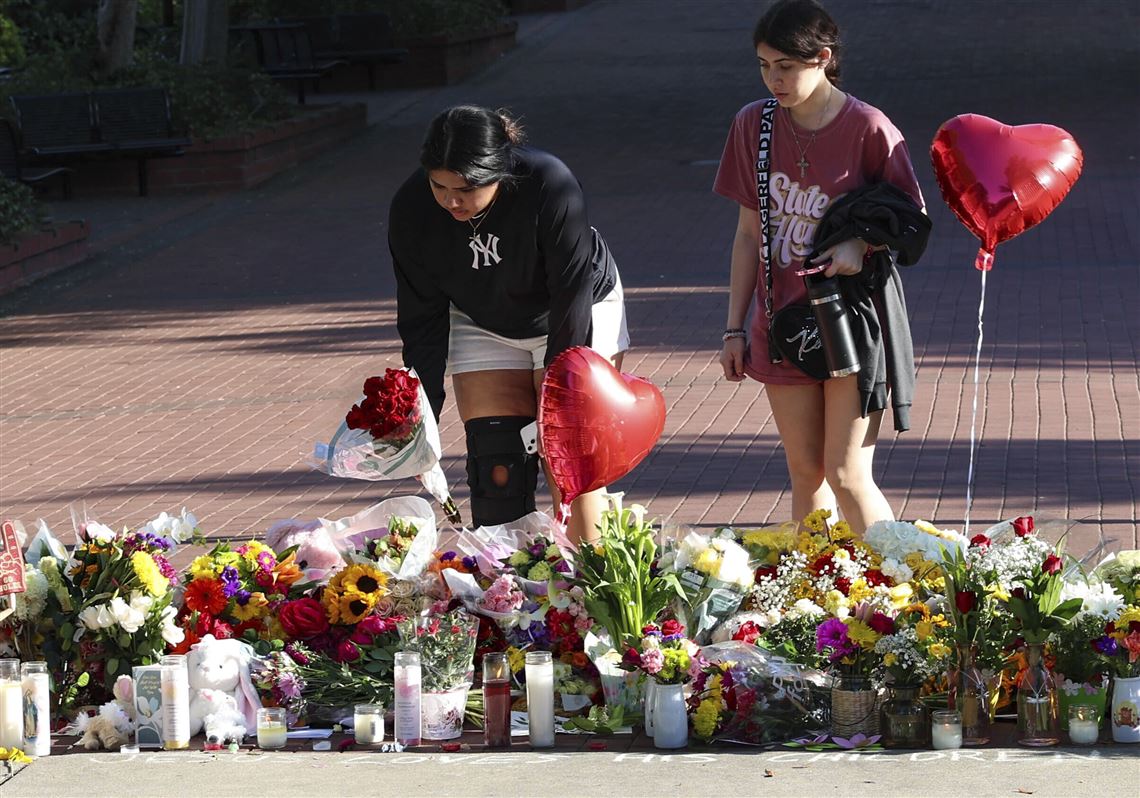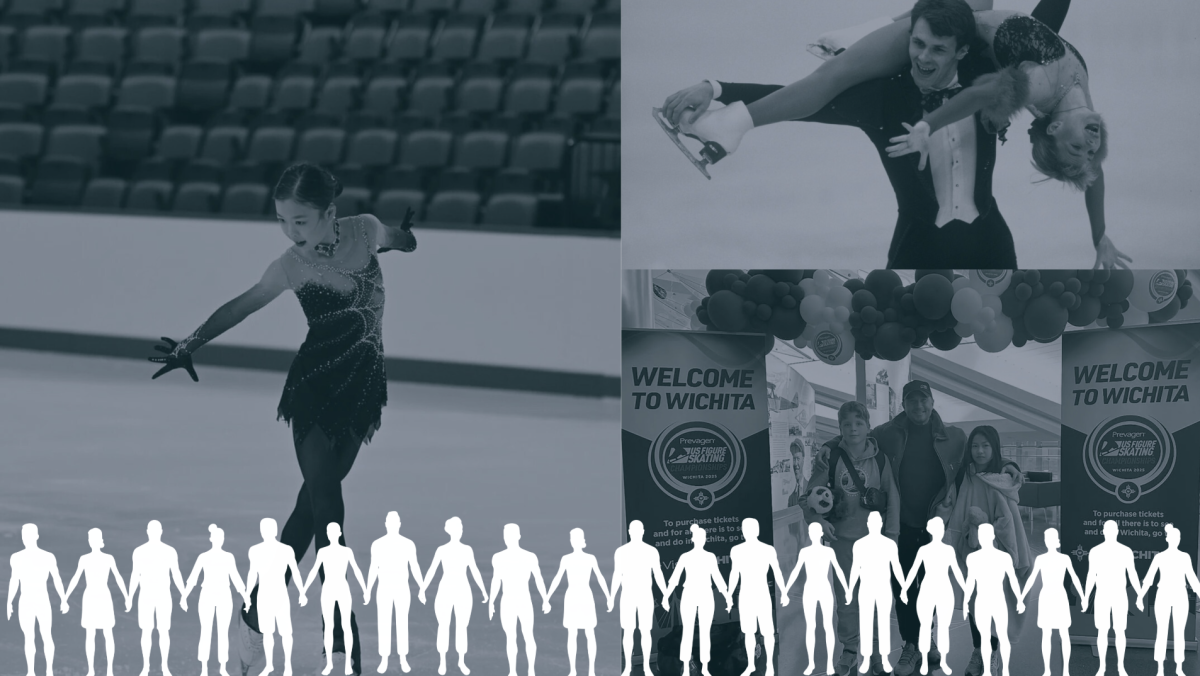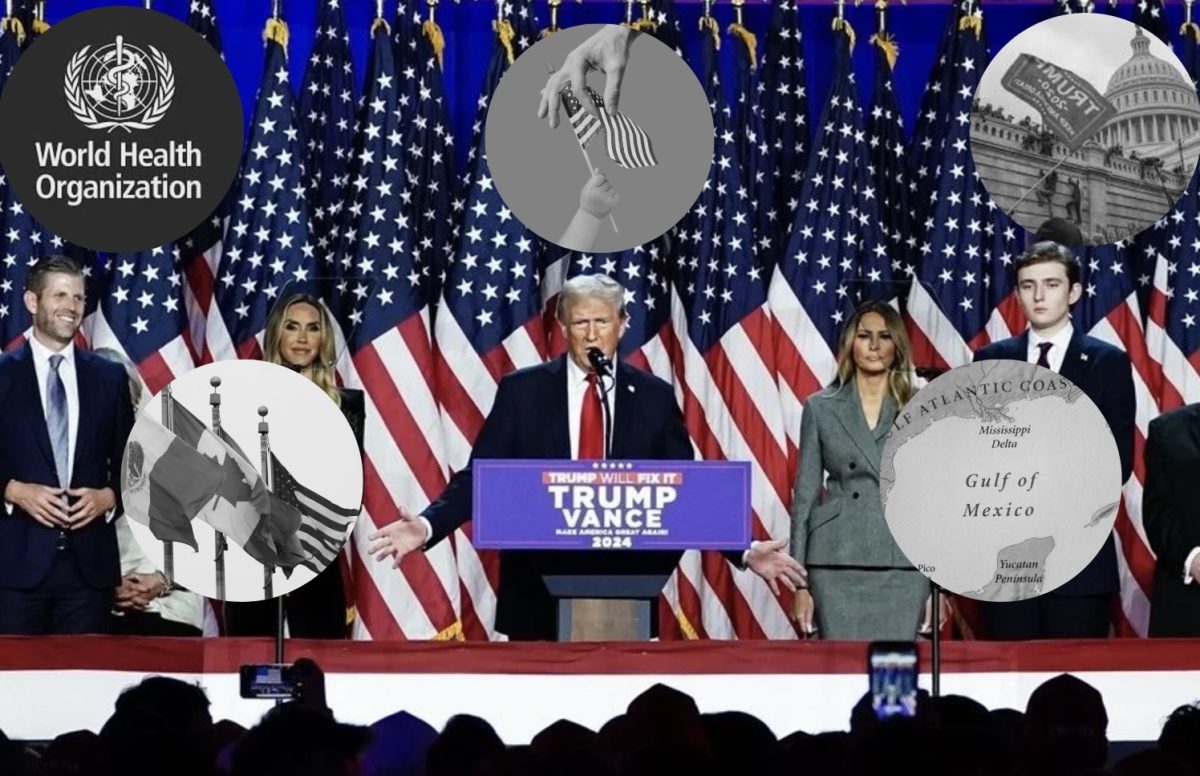On October 18, protestors from all cities, big and small, congregated to protest the Trump administration’s policies and to bring light to conflict among the government shutdown. Regardless of personal opinions and political affiliations, these protests shine light on the utmost importance of protecting the freedom of assembly, which is outlined in the First Amendment of the Bill of Rights.
The first “No Kings” protest occurred on June 14, 2025 to contrast President Trump’s parade celebrating the 250-year anniversary of the American military on the same day. Originally, this protest was a one-day event, but empowered individuals decided to come together four months later. The protests were enacted for those angered by the current regime to peacefully stand up against the policies being implemented in the White House and beyond.
The protest name – “No Kings” – is rooted in the fact that people credit Trump with ignoring key American principles including separation of powers and checks and balances, and emulating the behavior of an absolute monarch. Comparing Trump to a King, Americans have been determined to resist these government decisions and voice their opinions.
It has been estimated that seven million protestors came together this past time, with over 2,700 events planned across the country. This participation showed growth, having two million more participants than June’s protests. Expectedly, the biggest turnouts were in metropolitan cities including Manhattan, Chicago, Washington D.C., and Los Angeles.
Senior Genevieve Carrere said, “I was in Washington D.C. during the protests and I have to say that they were very peaceful. There were old people, young people, and some in crazy costumes literally everywhere across the city from the Spy Museum to the George Washington University. It was definitely a cool experience to see others protesting for what they believe.”
However, many people were overjoyed with high participation occurring in small and southern cities like Knoxville, Tennessee and Athens, Georgia. Increasingly, elderly citizens are attending protests, bringing signs referring to the civil rights they’ve fought for before, showing the wide range of participants passionate about the event. The extensiveness of the protests shine light upon how people are going against demographic stereotypes and previous affiliations to stand up for what they believe.
In Tampa specifically, there were protests in Tampa, St. Pete, Largo, Tyrone, Gulfport and Clearwater. Tampa citizens marched peacefully from Kennedy Boulevard to downtown, showcasing their disdain towards authoritarianism and billionaires-first politics. Although Florida and Tampa are often seen as conservative-heavy, there were lots of pushbacks from previous republicans. Many Tampa citizens protested against policy regarding Veterans Affairs, healthcare, and immigration – which is especially prevalent in Florida.
Senior America Bell said, “It’s important as the next generation to get out voices out there and to fight against mass deportations and depriving immigrants of their due process.”
St.Pete is known as being home to mostly democrats contrasting with its neighboring beach town known for being conservative, Clearwater. St.Pete’s protestors were especially passionate, with driving participants and inflatable costumes. Clearwater’s “No Kings” participants were met with counter protestors, as boats rode through the water with Trump flags and MAGA merchandise. These counter protests can showcase the divided nature of the Tampa Bay area, as there truly is a variety of political affiliations and party networks across the region.
Generally, there were a plethora of signs and reasonings behind these protests. Each protestor may hold a different belief for protesting the Trump administration. The most common reasons concern cutbacks on federal funding and healthcare support, Trump’s struggles maintaining checks and balances, censorship, detaining immigrants without due process, and his refusal to release the Epstein files. With the government shutdown preventing compromises regarding the federal budget, the democrats are more passionate than ever to fight for their beliefs and double down on the Trump administration.
On the other side of the political spectrum, Trump supporters also voiced their opinions regarding the protests. Specifically, they showed support for the administration’s immigration policy and refusal to conduct gender affirming care on minors. Conservatives generally support lower budgets and taxes, aligning with Trump’s decision to cut back on federal programs such as Medicare and Medicaid.
Junior Macarena Mejia said, “I think it’s important for all to share their voice, just like i did for March for Life, it’s just the way in which protestors go about it. I’m a big supporter of people intending to make America better with peace rather than just criticizing it, and that goes for both sides. Obviously feedback is important, but I think political feedback should be rooted in constructive criticism.”
Regardless of political affiliation and party support, the “No Kings” protests underscore the importance of voicing your opinions and utilizing the Freedom of Assembly. In the past, protests have brought about immeasurable change, from bringing about critical conversations around support for the Vietnam War, to catalyzing the Civil Rights Movement, to granting women suffrage.
Giving citizens the rights to stand for what they believe through the press, speech, and assembly has been significant in shaping our Democratic society since the 1700s. The Founding Fathers fought for citizens to stand up against what they perceive as authoritarianism, paving the way for opportunities such as the No Kings Protests.
Across the world, Authoritarian and Totalitarian countries have suppressed all protests and regime opposition, turning their citizens voiceless with large threats of corruption. It is up to the American people to continue protesting for what they believe, republican or democrat, to prevent censorship and the onset of any type of dictatorship.
AP Comparative Government and Politics teacher Chris Hoffman said, “The freedom of assembly and protests is a fundamental right outlined in the first amendment, we should not be treating certain amendments with more importance than others, all of them are enshrined in the bill of rights. The suppression of those rights is a path to an authoritarian state.”
In order to promote the democratic ideals of this nation, it’s up to the youth, including Academy students, to promote civic engagement through protesting, engaging with their local government, and voting in any election opportunities available once they’re 18. Freedom is something the government can never take away, making our voices proudly heard and preserved for years to come.
Engineering teacher Eric Price said, “It’s important for people to stand for what they think is meaningful, no matter what it is.”









